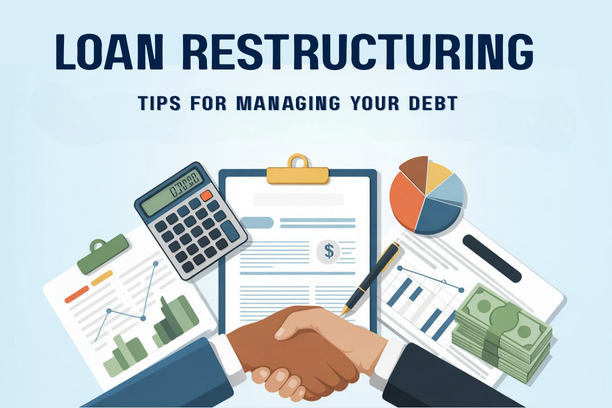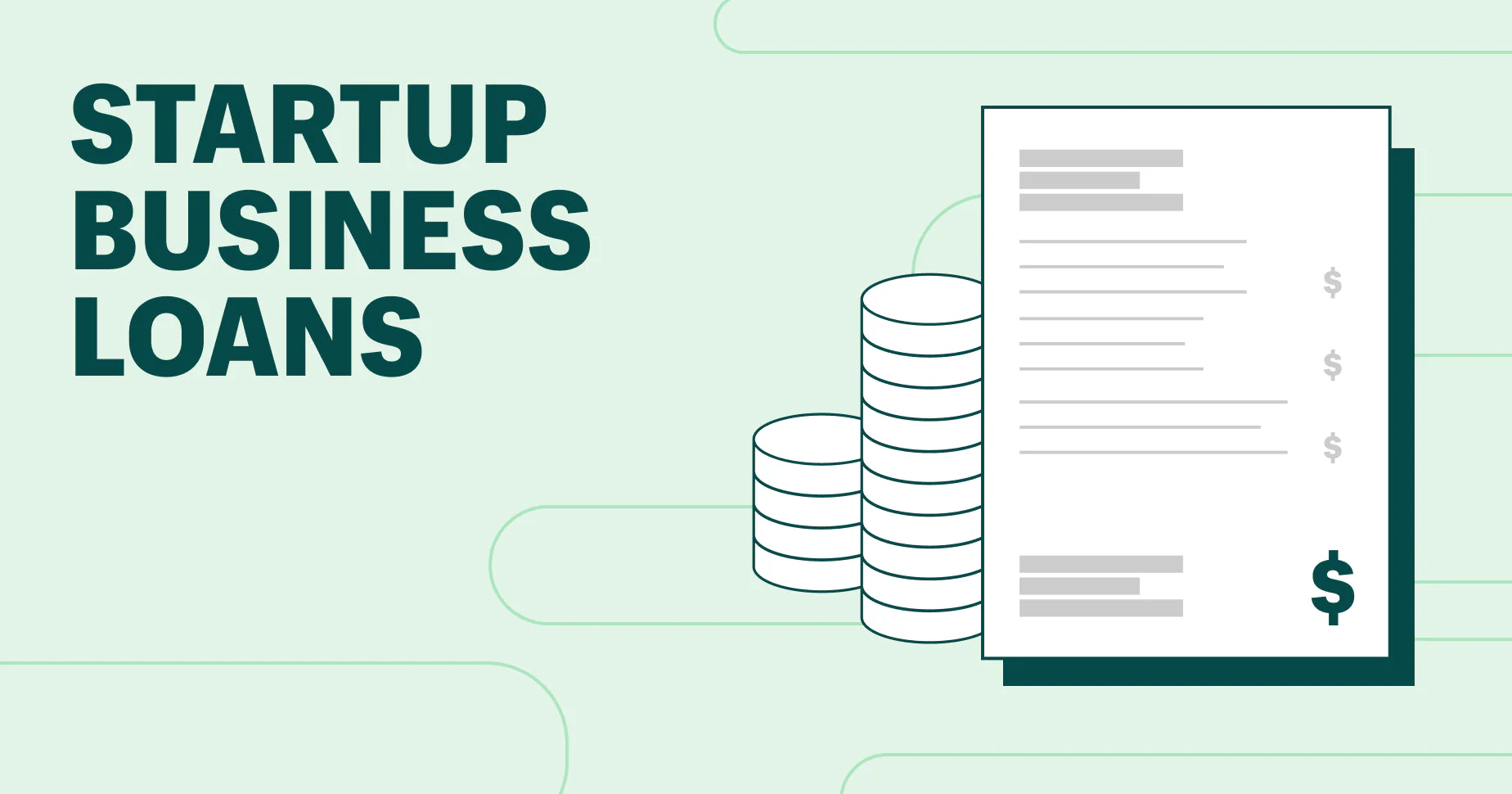Securing an auto loan is one of the most practical ways to purchase a new or used car in the Philippines. With a wide array of options available from numerous commercial banks, the process of choosing the right lender can feel overwhelming. While the interest rate is often the first thing a potential car buyer looks at, a savvy borrower knows that a true comparison goes far beyond a single percentage. To make a financially sound decision, you must understand the difference between nominal and effective rates, factor in the various fees and charges, and assess the overall conditions of each loan offer. This comprehensive guide is designed to help you with Comparing Auto Loan Rates from Major Banks, providing you with a strategic framework to analyze different offers and select the best one that aligns with your financial capacity and long-term goals.
1. The Financial Metrics of an Auto Loan
Before you start looking at specific bank rates, it is crucial to first understand the core financial metrics that are used to calculate the cost of a loan. This knowledge is your most powerful tool in comparing offers from different lenders. A simple comparison of “add-on” rates can be misleading, as the true cost of the loan is often hidden in the fees and the method of calculation.
Add-on Rate vs. Effective Interest Rate (EIR)
When you look at an auto loan advertisement in the Philippines, the interest rate you will typically see is the “add-on” rate. This is the nominal interest rate that is calculated on the entire original loan amount and is then added to the principal to determine your total loan obligation. The add-on rate is a flat rate, and it does not account for the fact that you are paying off the principal over time. For example, if you take out a one-million-peso loan with a 6% add-on rate per annum for five years, you will be charged 6% of the one million pesos every year, even though your outstanding loan balance is decreasing with each monthly payment. This method is the standard for calculating auto loan payments in the Philippines and is the reason why the total interest paid over the loan term can be a significant amount. A borrower who only looks at this add-on rate and compares it across banks may be missing the true cost of the loan.
This is where the concept of the “effective interest rate” (EIR) becomes so important. The EIR is the true, real cost of borrowing money. It takes into account the compounding effect of the interest and all the other fees and charges that are part of the loan, such as processing fees, documentary stamp tax, and the chattel mortgage fee. The EIR gives you a more accurate picture of the total cost of the loan over its entire term. A bank may advertise a low add-on rate, but if its processing fees and other charges are high, its EIR can be higher than a competing bank that has a slightly higher add-on rate but lower fees. This is why a savvy borrower should always ask for the EIR when Comparing Auto Loan Rates from Major Banks. The EIR is the ultimate metric for a true and accurate comparison of loan offers. A loan with a lower EIR is always the more cost-effective option, regardless of what the add-on rate looks like.
The Impact of Loan Term and Down Payment
The length of your loan term and the size of your down payment are two of the most influential factors on both your monthly amortization and the total cost of your loan. A shorter loan term, typically 12 to 24 months, comes with a much lower interest rate, as it is a shorter-term risk for the lender. While this means your monthly payments will be higher, it also means you will pay off your loan much faster and save a significant amount of money in total interest. This is a great strategy for borrowers who have a high-income capacity and want to be debt-free quickly. Conversely, a longer loan term, usually 36 to 60 months, makes the monthly payments more affordable and manageable for the average Filipino household. However, a longer loan term comes with a higher interest rate and a higher total cost over the life of the loan. The longer you take to pay off the loan, the more interest you accumulate, a critical point to consider when comparing different loan tenors.
The down payment is also a crucial factor in the comparison process. The standard down payment for a brand-new car in the Philippines is 20% of the vehicle’s price, and for a pre-owned car, it is typically 30%. However, a borrower can choose to make a higher down payment. A larger down payment reduces the amount you need to borrow, which directly lowers your monthly amortization and the total interest you will pay. This is a smart financial move that can give you a lot more breathing room in your monthly budget. A larger down payment also signals to the bank that you are a serious and low-risk borrower, which can sometimes result in a slightly lower interest rate or a more favorable offer. When Comparing Auto Loan Rates from Major Banks, it is a good practice to assess how a larger down payment will impact your total loan cost and your monthly payments. You can use an auto loan calculator to see how different down payment scenarios affect your loan.
2. A Strategic Guide to Comparing Loan Offers
With the financial metrics in mind, you can now start the process of strategically comparing loan offers from the major banks. The goal is to look at each offer holistically, considering not just the rates but also the fees, conditions, and the overall quality of the service. A comprehensive comparison will save you time and money in the long run and will help you find the perfect lender for your needs.
Key Factors Beyond the Interest Rate
When Comparing Auto Loan Rates from Major Banks, it is a common mistake to focus solely on the advertised interest rate. A savvy borrower understands that there are other fees and charges that can significantly impact the total cost of the loan. The Chattel Mortgage Fee, for example, is a legal fee that is required by all banks, but the amount can vary. Some banks may have a lower interest rate but a higher Chattel Mortgage Fee, and vice versa. Another major factor is the insurance. A new car requires a comprehensive motor insurance policy for the entire term of the loan, and some banks may have a tie-up with a specific insurance provider. This means you may not have the option to choose your own insurance provider, and the premium may be higher than what you could get on your own. It is important to ask for a detailed breakdown of all the fees and charges, including the Chattel Mortgage Fee, processing fees, documentary stamp tax, and insurance premiums.

Furthermore, a bank’s customer service and the efficiency of its application process are also important factors to consider. A bank with a reputation for a quick and seamless application process can save you a lot of time and effort. A responsive and helpful loan officer can make the process much easier, especially for a first-time car buyer who may have a lot of questions. Some banks have a very user-friendly online application process, while others may require you to visit a physical branch. The overall experience can be a deciding factor, especially if the interest rates and fees are very similar across different banks. A bank’s reputation for being fair and flexible in their terms and conditions can also provide you with peace of mind. It is a good practice to read online reviews and talk to people who have recently applied for an auto loan from a specific bank to get a sense of their customer service and the overall experience.
The Strategic Process of Getting the Best Deal
To get the best possible auto loan deal, a borrower must take a strategic approach. The first step is to get pre-qualified for a loan. This is a preliminary assessment of your borrowing capacity, which tells you the maximum amount you can borrow based on your income and financial profile. This helps you set a realistic budget for your car. Once you are pre-qualified, you can then start shopping for a car and for a loan. It is a good idea to submit loan applications to at least three different banks to get a range of offers. This will give you a solid basis for comparison. When you receive the loan offers, you should not just look at the add-on rate. You should ask for the total cost of the loan, including all the fees and charges, and the EIR. This will give you a true and accurate picture of the cost of each loan.
You can then use a simple spreadsheet to compare the different loan offers side by side, looking at the monthly amortization, the total cost of the loan, and the overall fees. This will help you make a logical decision based on the numbers, rather than just on the advertised rate. It is also important to consider the loan term that is best for your budget and your financial goals. If you can afford a shorter loan term, it is almost always the better financial decision, as it will save you a significant amount of money in interest. If you need a longer loan term to make the payments manageable, you should still look for the loan with the lowest EIR. The final step is to negotiate with the banks. If one bank offers you a better rate, you can use that as leverage to get a better offer from another bank. While negotiation may not always be possible, it is always worth a try.
Conclusion
Comparing Auto Loan Rates from Major Banks is a critical step in the journey to car ownership. It is a process that requires a strategic and well-informed approach, moving beyond the advertised interest rate to a deeper understanding of the total cost of the loan. By understanding the difference between an add-on rate and an effective interest rate, factoring in all the fees and conditions, and taking a proactive approach to comparing offers, you can make a financially sound decision. The right auto loan will not only help you get the car of your dreams but will also fit comfortably within your budget, allowing you to enjoy your new vehicle without any financial stress.













